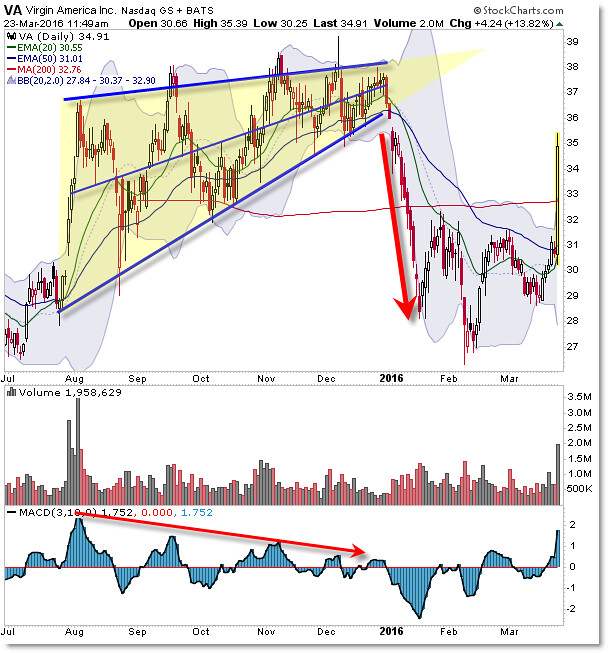
Take Profit When The Price Reaches The Trendline And if you’re reversal trading, you should put your stop above the highs of the pattern. If you’re trading a breakout, you should put your stop below the lows of the pattern. When trading any kind of reversal pattern, it’s important to place your stop-loss orders carefully. Jumping in too early could mean buying or selling before the trend has really started, which could lead to losses. If you’re planning on trading the breakout of a wedge pattern, it’s important to be patient and wait for a clear break out before getting involved. If it isn’t, then there’s a good chance that the pattern isn’t valid and you shouldn’t take the trade. Once you’ve found a wedge pattern, check the volume to make sure it’s declining. Otherwise, you could end up taking a losing trade. So, before you start looking for wedges to trade, make sure that there’s a clear trend in place. Look For A Clear Trend Before Getting InvolvedĪs we mentioned before, wedge patterns only occur in the middle of a trend. Here are some top tips to help you succeed when trading wedge patterns: 1. Tips For Success When Trading Wedges Patterns This usually happens after a period of consolidation, and can be a good way to get in on a trend early. Reversal trading, on the other hand, involves taking a position when the price reverses at the end of the wedge pattern. The idea behind breakout trading is that the market will continue in the same direction once it breaks out of the pattern. This can be either at the top or bottom of the pattern, depending on which direction the market is moving in. There are two main ways to trade wedges: breakout and reversal.īreakout trading involves taking a position at the point where the price breaks out of the wedge pattern.
BULLISH RISING WEDGE PATTERN HOW TO
Once you’ve identified a wedge pattern, you can start thinking about how to trade it. This is because fewer and fewer traders are participating in the market as the trend starts to reverse. 4 There Should Be Volume DeclineĪs the pattern forms, you should also see volume start to decline. This narrowing is what creates the wedge shape. When you plot the reversals on a chart, you should see that they’re getting closer together. 3 The Reversals Should Be Getting Narrower These are usually marked by peaks and troughs on the price chart. 2 There Should Be Two Reversalsįor a wedge pattern to be valid, there should be two reversals. You can do this by looking at the longer-term charts to see if there’s a clear direction. Wedge patterns only occur in the middle of a trend, so the first thing you need to check is whether the market is indeed trending.

There are four factors you need to consider before you can identify a wedge pattern on a chart: 1 The Market Should Be In a Trend Both types of wedges are considered to be continuation patterns, which means they usually occur in the middle of a trend.

They are characterized by two descending trendlines that slowly converge as the market trends downward. It is characterized by two ascending trendlines that slowly converge as the market trades higher.įalling wedges happen when the market is trending downwards. Rising wedges occur when the market is trending upwards. There are two types of wedge patterns: rising and falling. It’s called a wedge because it looks like one on a chart.

A wedge pattern is a technical analysis tool that’s used to predict reversals in the market.


 0 kommentar(er)
0 kommentar(er)
